Neighborhood Guides:
Yorkville Greenwich Village Lenox Hill Midtown West Turtle Bay Murray Hill Upper East Side Carnegie Hill Midtown East Upper West Side Sutton Place Astoria Brooklyn Heights West Village
Yorkville
Located along the East River on the Upper East Side, Yorkville is known predominantly for its affordable cost of living, Eastern European themed commerce and ethnically diverse neighborhoods. Generally considered bounded by the East River on the east and Third Avenue to the west, Yorkville extends from around 72nd – 86th Street to 96th Street.
Although attracting all segments of the City’s population, college students, recent college graduates as well as long-time residents predominate in Yorkville, the former so much so that the apartment buildings between First Avenue and East End Avenue have been dubbed the “Dorm District.” In addition, families appreciate Yorkville for its superb childcare, schools, and parks and recreation that include the charming Carl Schurz Park and the sizable Asphalt Green.
In Yorkville, numerous fitness centers, including Equinox, Soul Cycle and CITYROW-NYC, offer plenty of workout opportunities.
Despite the recent disturbances caused by the Second Avenue subway construction throughout Yorkville, residents look forward to faster and more convenient public transportation nearby.
Eating in Yorkville ranges from the upscale, leisurely dining of restaurants such as Kings’ Carriage House to the casual and quick Chinese cuisine at Pig Heaven. German bakeries, Hungarian butchers and Irish bars, prepared food stores and dessert shops abound.
The numerous bars and restaurants in Yorkville create a certain relaxed liveliness and general activity at night in this neighborhood.
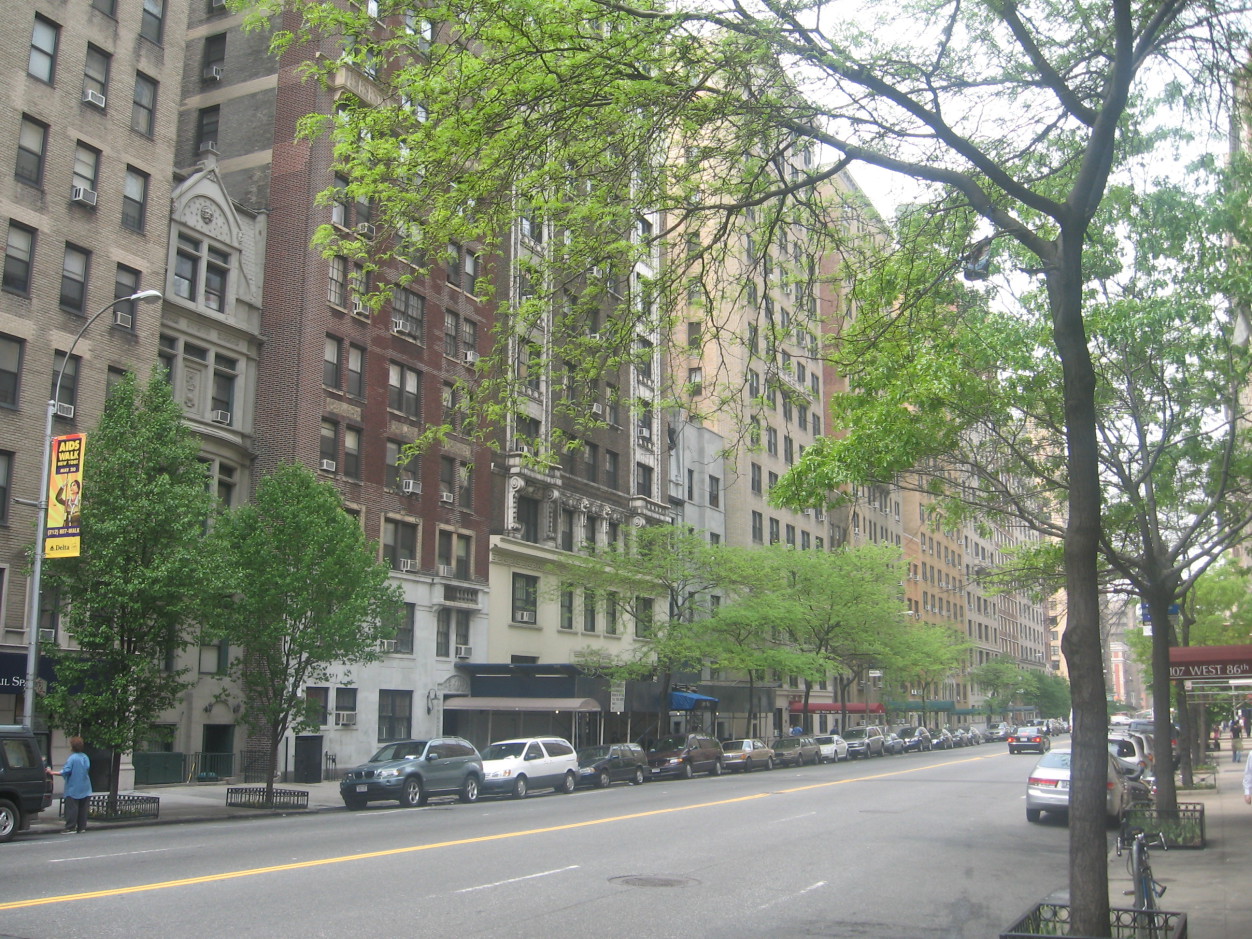
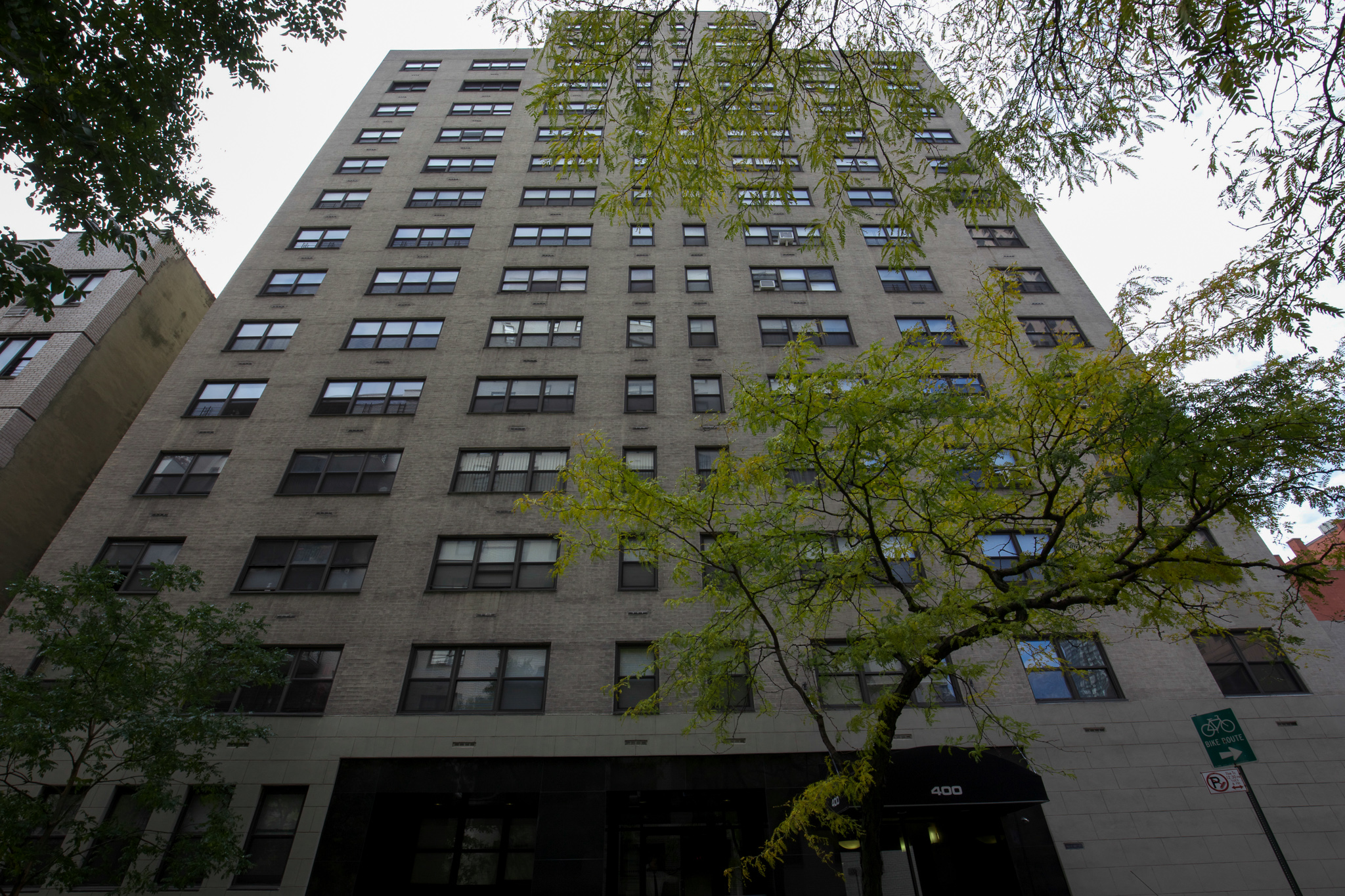
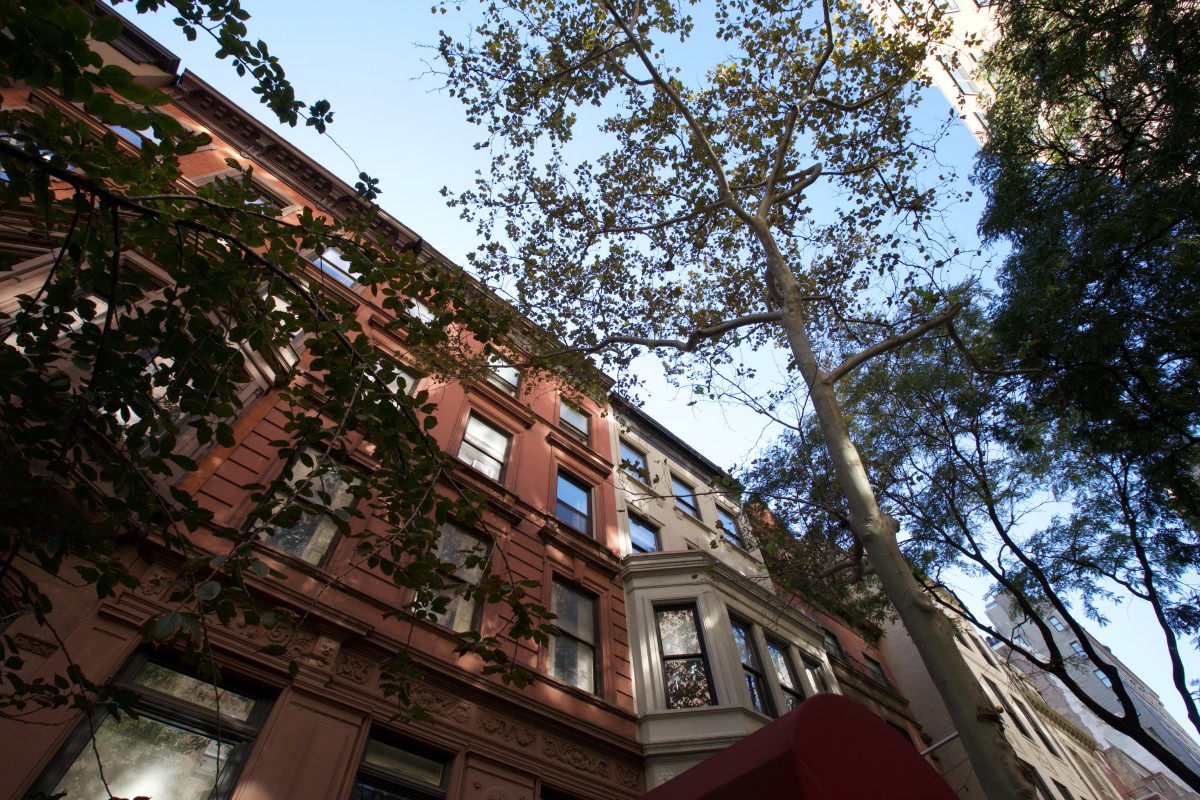
Greenwich Village
Often referred to as “The Village,” Greenwich Village is located on the west side of Lower Manhattan. Greenwich Village extends from Houston Street to 14th Street, and between Fourth Avenue and Sixth Avenue. Greenwich Village, bordered by Broadway to the east, abuts the North River (part of the Hudson River) to the west, Houston Street to the south and 14th Street to the east. Washington Square Park is the geographic center of this neighborhood.
Greenwich Village as a neighborhood has been re-identified several times as a Bohemian center, as the genesis of the modern LGBT movement and as the East Coast birthplace of the Beat and the 1960’s counterculture movements.
Greenwich Village housing prices have soared to become some of the most expensive residential properties in the United States. A large area of Greenwich Village, designated as a Historic District by the New York City Landmarks Preservation Commission, restricts redevelopment and mandates preservation of building facades and features. Unlike the high-rise buildings in Mid- and Downtown Manhattan, mid-rise apartments, 19th-century row houses and one-family walk-ups predominate in Greenwich Village.
The streets of Greenwich Village are often narrow and they curve, unlike the straight, grid street patterns found in many other parts of Manhattan. Greenwich Village streets are named rather than numbered.
Greenwich Village is the site of numerous educational institutions, including New York University, The New School, and The Cooper Union, among others.
The performing arts thrive in Greenwich Village, from Off and Off-Off-Broadway performances such as the popular Blue Man Group to musical acts at venues like The Blue Note to comedy routines at clubs including The Comedy Cellar.
Food in Greenwich Village ranges in variety and among venues, from fine dining at Minetta Tavern to a superb slice at Joe’s Pizza, from the high-end French cuisine at Babbo to mainly Mediterranean takeout at Mamoun’s Falafel.
Greenwich Village’s University Place offers some charming shops, from Madman Espresso to University Floral Design, while the generally larger-sized stores along Fifth and Sixth Avenues in Greenwich Village often present more commercial fare. However, serious shoppers tend to go to the West Village for the trendiest shopping, especially for clothing and accessories. Transportation access is made easy by it’s proximity to the A, C, E, B, D, F, and M trains at West 4th Street and the 1 train at Christopher Street. Proximity to Union Square.
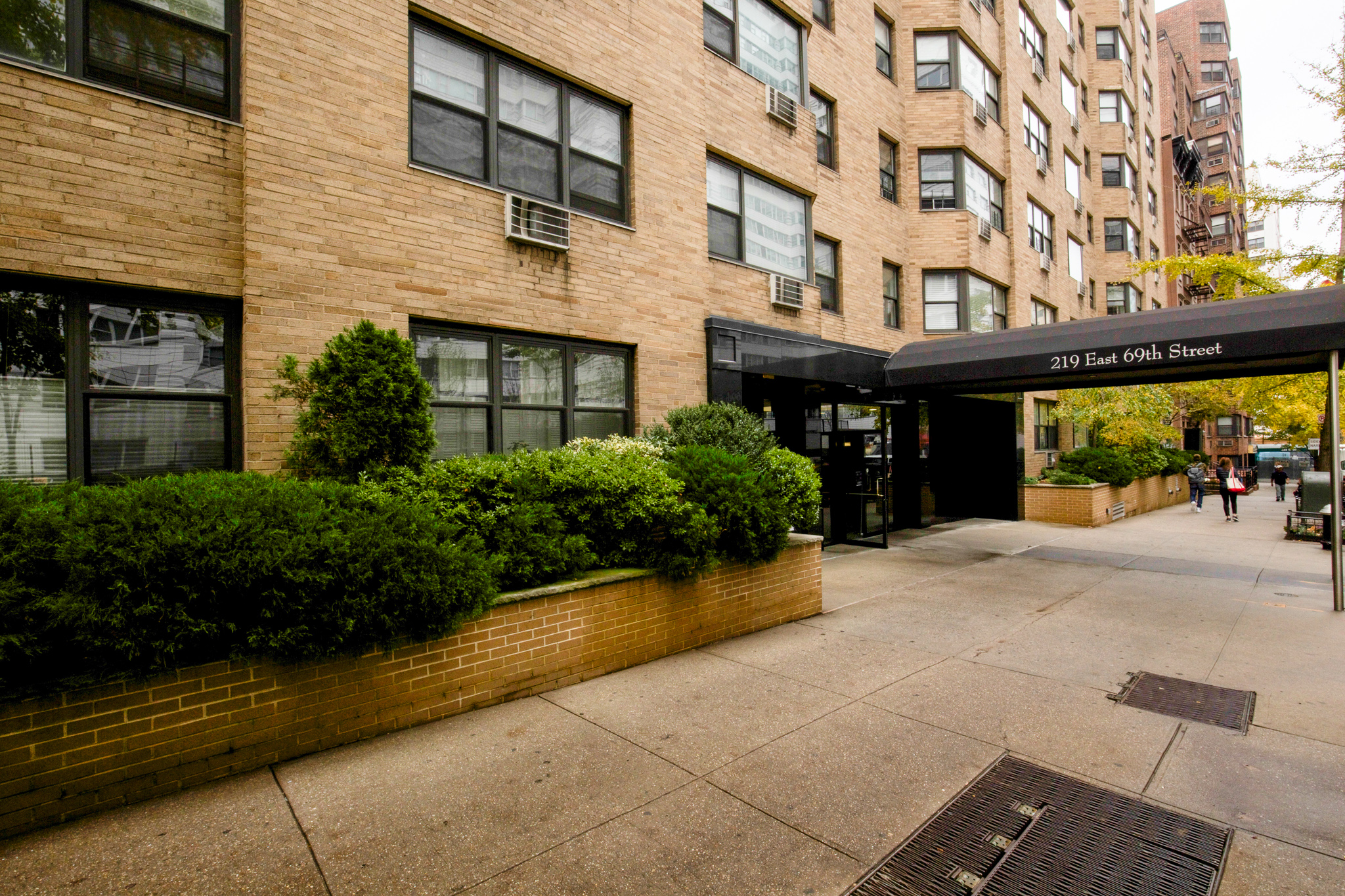
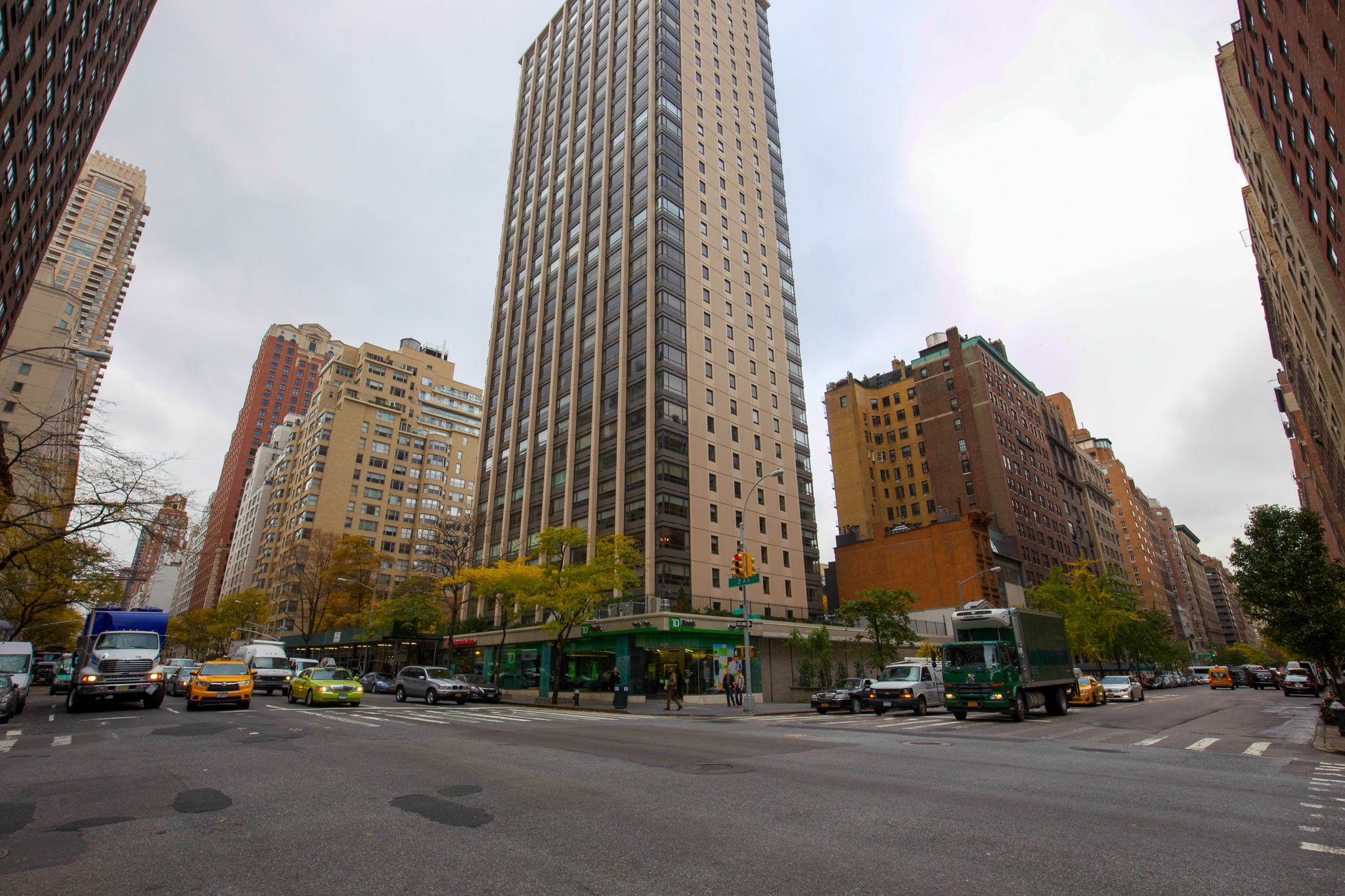
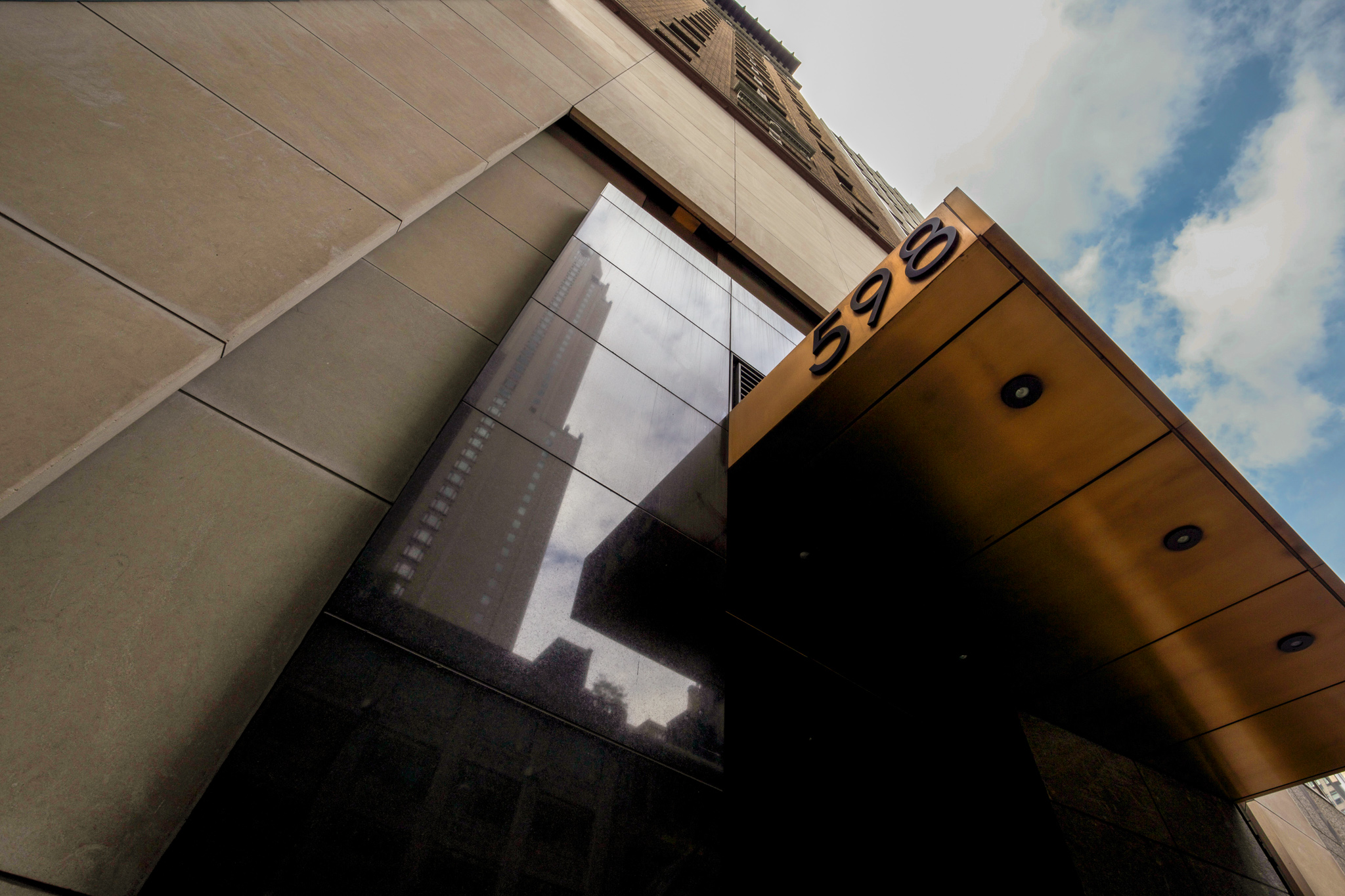
Lenox Hill
Lenox Hill, located at the southwestern section of the Upper East Side, is bounded by East 60th Street to the south, East 77th Street to the north, Park Avenue to the West and the East River. Lenox Hill is named both for the hill in the area that would become 70th Street and Park Avenue, and after Robert Lenox, a successful Scottish merchant who owned about 30 central acres of land in the neighborhood.
Although the Lenox Hill cityscape can be eclectic in building composition, it exudes elegance in its entirety. Here, smaller tenement buildings are adjacent to larger post-war luxury condominiums and co-ops stand beside elegant townhouses.
Characterized by upscale shops, fine restaurants, as well as fine boutiques, art galleries and hotels, Lenox Hill is one the most affluent neighborhoods in Manhattan.
Lenox Hill has a top-notch medical facility: specifically, Lenox Hill Hospital between 76th and 77th Streets and Park and Lexington Avenues. Lenox Hill Hospital is a 652-bed, tertiary-care hospital.
This neighborhood’s close proximity to Central Park has great appeal. Neighborhood-based recreation and fitness offerings are otherwise not extensive. For families, the Lenox Hill neighborhood presents strong school and educational options for students at numerous ages.
Readily accessible by public transportation, both subway and crosstown bus service, Lenox Hill transportation includes the 4, 5 and 6 trains with stops at 68th Street and 77th Street. Bus routes include the M1, M2, M3, M4, M15, M66, M72, M98, M101, M102 and M103.
Midtown West
Midtown West, extending mainly from Fifth Avenue to the West Side Highway and from 34th Street to the southern end of Central Park, is a lively and diverse neighborhood where tourists and City residents mingle among an eclectic array of City venues, features and geographic areas.
At the locus of Midtown West lies the Times Square Theater District. The Midtown West district encompasses several neighborhoods, including Times Square, Clinton (formerly Hell’s Kitchen), and Central Park South.
The Times Square Theater District beckons, boldly and brightly, to City tourists and residents. In Times Square, skyscrapers and Broadway theatres stand tall aside megastores like Hershey’s chocolates and Swatch watches. Restaurant Row at 46th Street between Broadway and Ninth Avenue boasts the oldest Italian restaurant in the City, Barbetta, and other delightful food options such as the French bistro Le Rivage.
Clinton is a lively residential neighborhood with an active restaurant and bar scene along Ninth Avenue. The site of numerous new condominium developments, Clinton is increasingly becoming a sought-after residential area.
The northern edge of the neighborhood – that closest to Central Park South – contains some of the City’s most expensive real estate and shopping; the renowned Plaza Hotel and Time Warner Center exemplify the wealth of this area. Noteworthy restaurants in the neighborhood include the Russian Tea Room, Nobu and Marea.
Midtown West is the site of many cultural institutions and Manhattan landmarks. The Museum of Modern Art and the International Center of Photography, along with smaller cultural institutions, like the Rubin Museum of Art, are located in Midtown West. Landmarks in this area include Carnegie Hall, St. Patrick’s Cathedral, Radio City Music Hall, Madison Square Garden, Rockefeller Center, Chrysler Building and Empire State Building, and The New York Public Library, to name many such landscape fixtures.
Bryant Park provides significant green and recreational space within the predominantly urban environment of Midtown West.
Midtown West, within close proximity of nearly every subway in the City, is readily navigable. Examples of the many train options include: the 7, N, Q, R, S, and 1, 2, 3 subways to Times-Square and the A, C, E subway trains to Times Square-Port Authority; B, D, F, M subways to 42 Street-Bryant Park and B, D, F, M, N, Q, R routes to Herald Square; 1, 2, 3 and A, C, E subways to 34th St.-Penn Station; B, D, F, M subway trains to Rockefeller Center; and 1, A, B, C, D subways to Columbus Circle.
Turtle Bay
Turtle Bay, located on the east side of Midtown Manhattan, extends from 41st Street to 53rd Street and eastward from Lexington Avenue to the East River’s western branch that faces Roosevelt Island.
Originally, the Turtle Bay neighborhood was a 40-acre land grant, named “Turtle Bay Farm,” given by the Dutch colonial governor of New Amsterdam to two Englishmen in 1639. This farm extended from what is now around 43rd to 48th Street, and from Third Avenue to the East River. Once it contained a boatyard that protected ships from the fierce winds of the East River.
Known as the site of the United Nations headquarters, the Chrysler Building, and the Tudor City residential complex, this neighborhood offers fine restaurants adjacent to affordable eateries and high-rise buildings next to small shops and bars. Several smaller public parks are located here. Housing costs range from affordable rentals to multi-million dollar condominiums. Turtle Bay has become one of the wealthiest Manhattan neighborhoods that still remain affordable.
Turtle Bay is very near to the transportation hub of Grand Central Station. The closest City subway stations are at the western border of the neighborhood: specifically, at Lexington Avenue/51st – 53rd Streets for the 4, 6, E and M trains and Grand Central – 42nd Street for the 4, 5, 6 and S trains. Local City bus lines include the M15, M42, M50, M101, M102 and M103.
The FDR Drive, at the neighborhood’s eastern border, is the only major car thoroughfare. The Queensboro Bridge (NY 25) is located just north, and the Queens Midtown Tunnel (I-495) just south, of the Turtle Bay neighborhood.
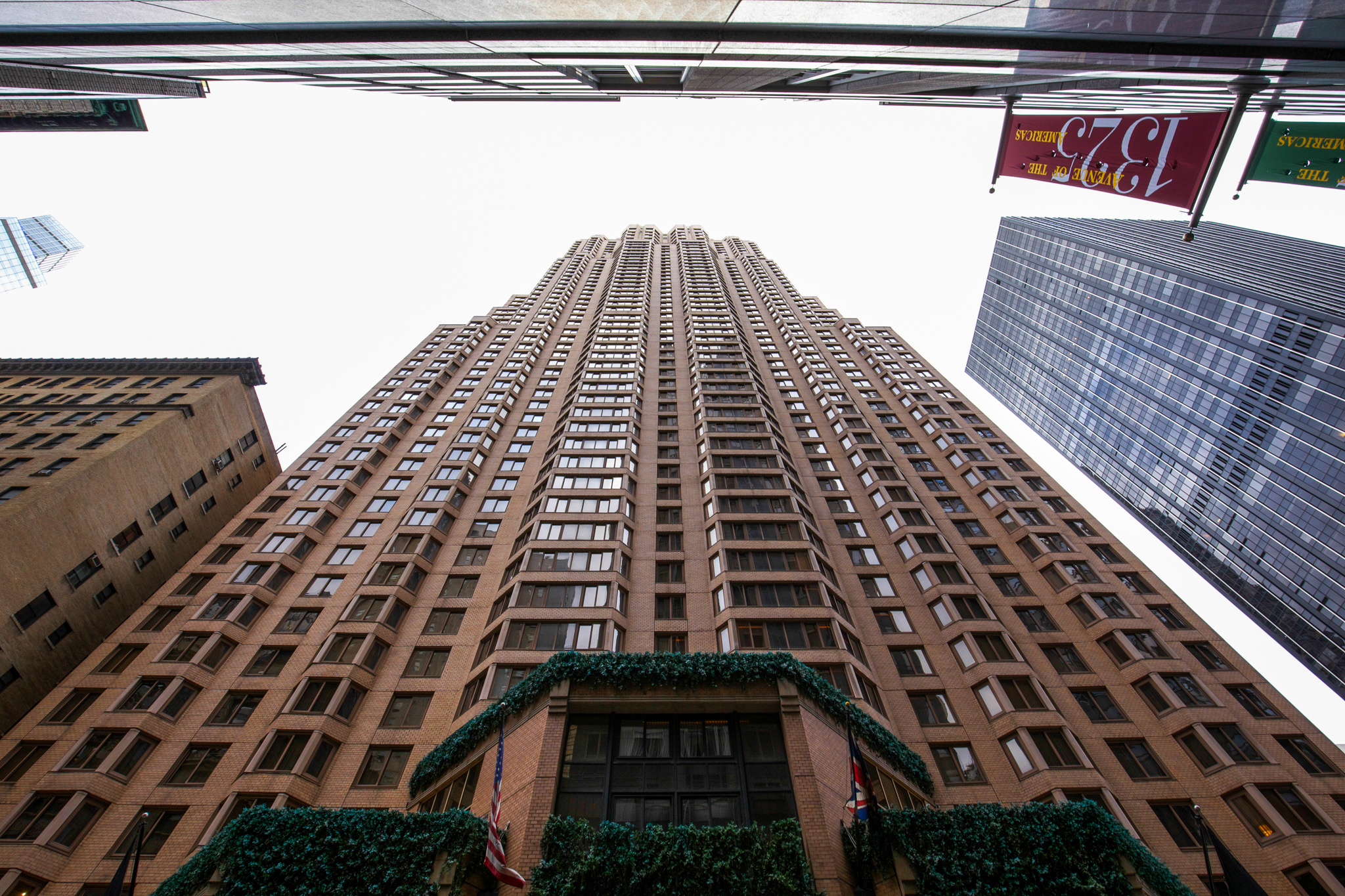
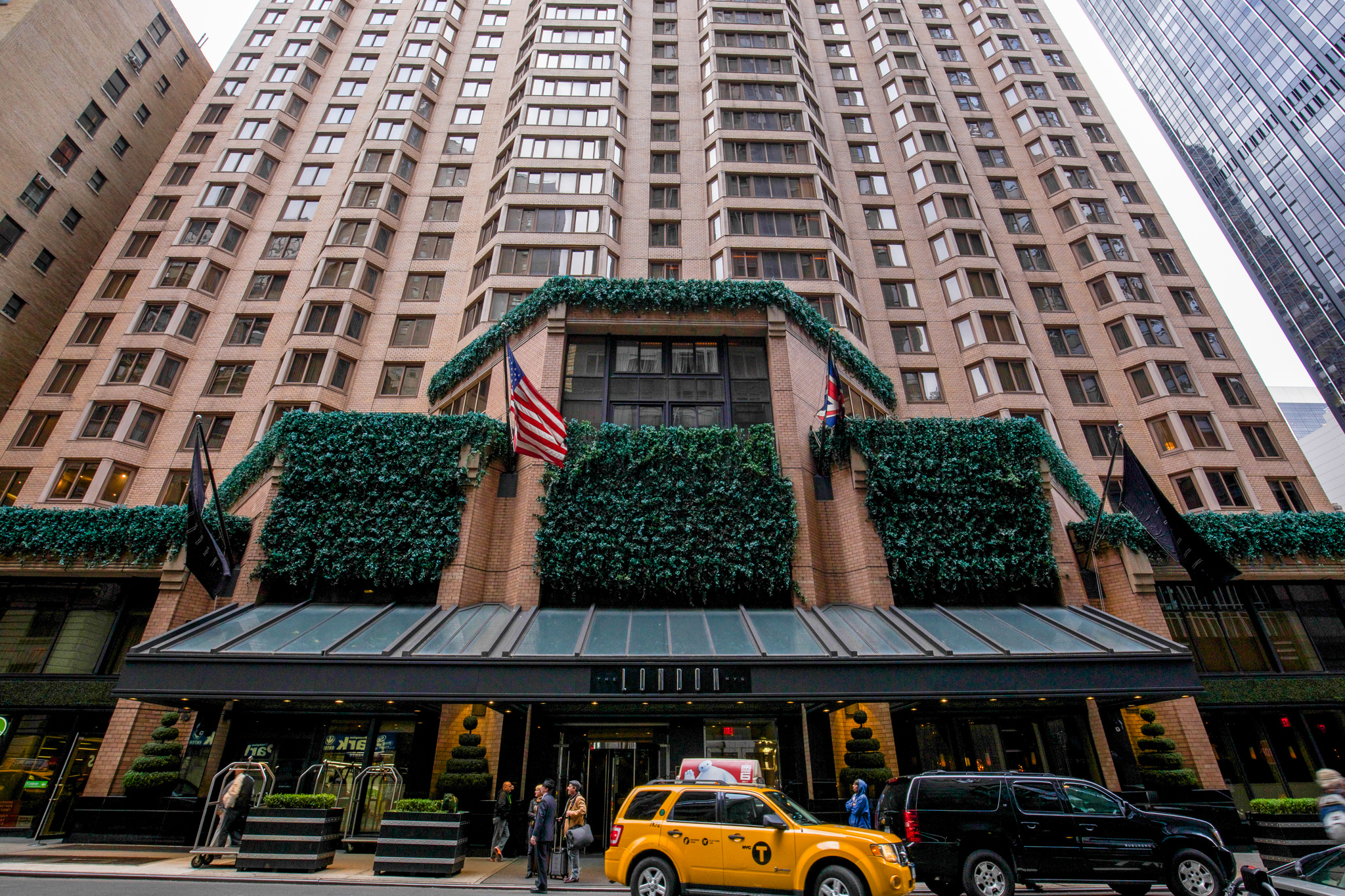
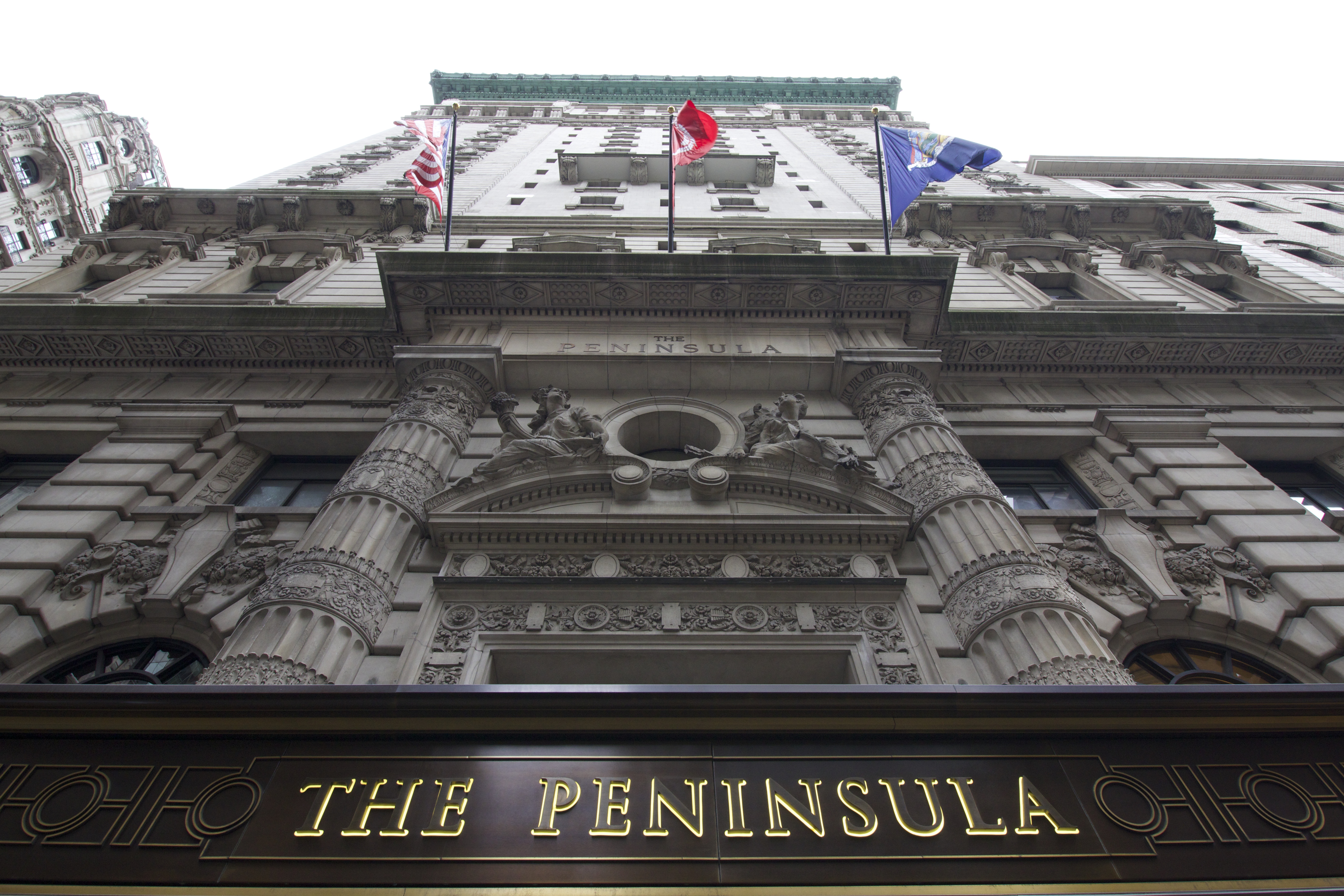
Murray Hill
Murray Hill, a neighborhood in midtown Manhattan named for the Murray family – 18th century Quaker merchants known for shipping and overseas trade – has contemporary boundaries of East 34th Street to the south, East 40th Street to the north, Madison Avenue to the west and Third Avenue to the east.
For most of the 20th century, Murray Hill’s inhabitants were mainly wealthy older residents. Since the late 1990’s, many twentysomethings have moved to Murray Hill from other parts of the City and from the suburbs of New York. A younger vibe coupled with a more active nightlife scene in this neighborhood has accompanied this residential influx.
Murray Hill is home to numerous academic and cultural institutions including the CUNY Graduate Center, the Stern College for Women of Yeshiva University, the Oxford University Press,The Morgan Library and Museum, the Scandinavia House-The Nordic Center in America and The Mexican Cultural Institute of New York. Many Missions to the United Nations, from Afghanistan to Fiji to Guatemala to Namibia, are located in Murray Hill, due to the neighborhood’s nearness to the headquarters of the United Nations.
In terms of local cuisines, Murray Hill encompasses Curry Hill in the East 20s and Koreatown farther west in the 30s, culinary enclaves for authentic Indian and Korean food. Dining is generally diverse and affordable in Murray Hill, with numerous cafes and food shops. Murray Hill has a lively bar scene.
Often characterized as convenient and comfortable, Murray Hill is considered a very safe neighborhood and one with good schools.The East River attracts walkers and joggers alike.
Murray Hill contains the transportation hub of Grand Central Station. Closest subways include the 4, 5, 6 and 7 trains.
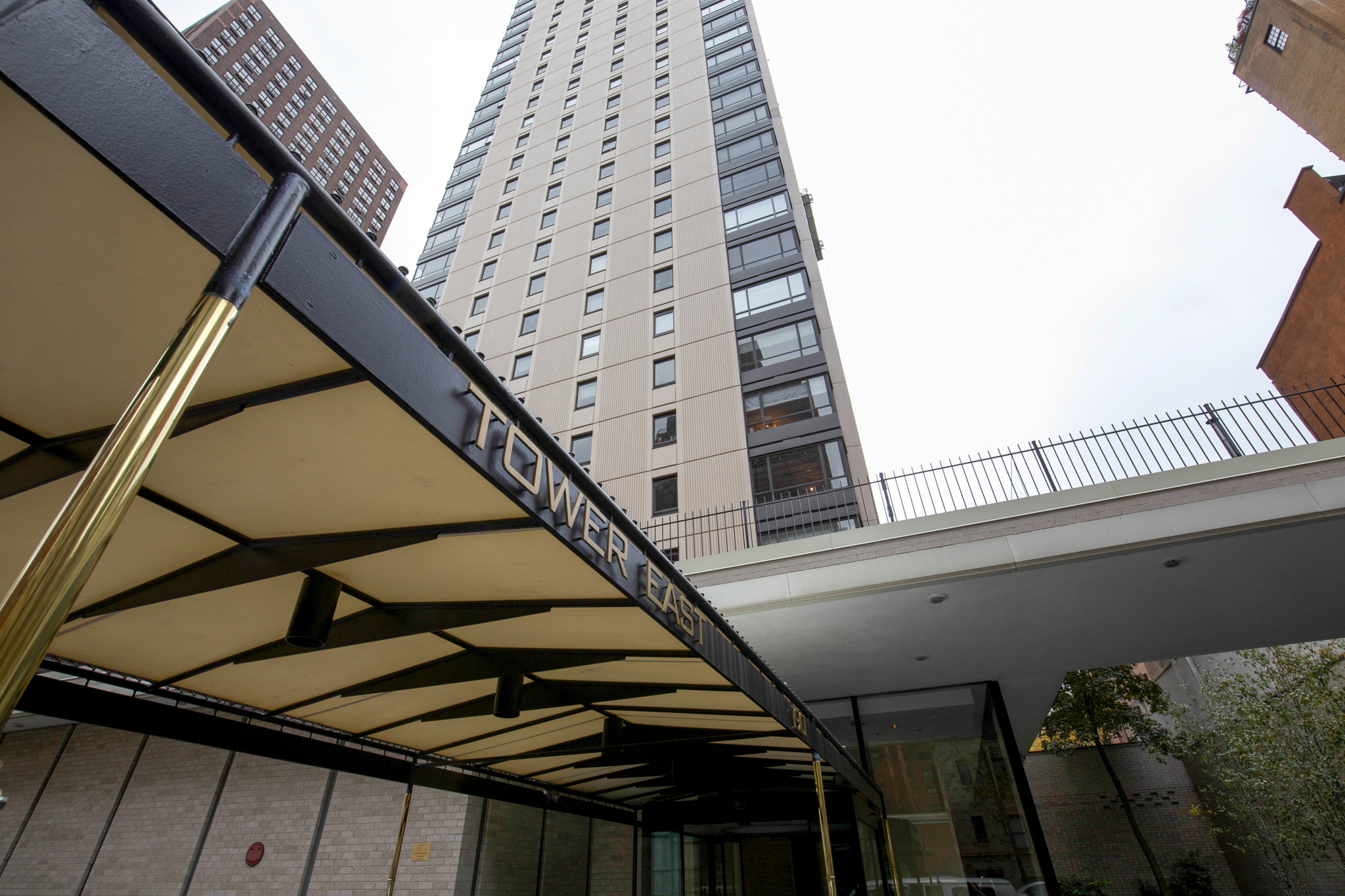
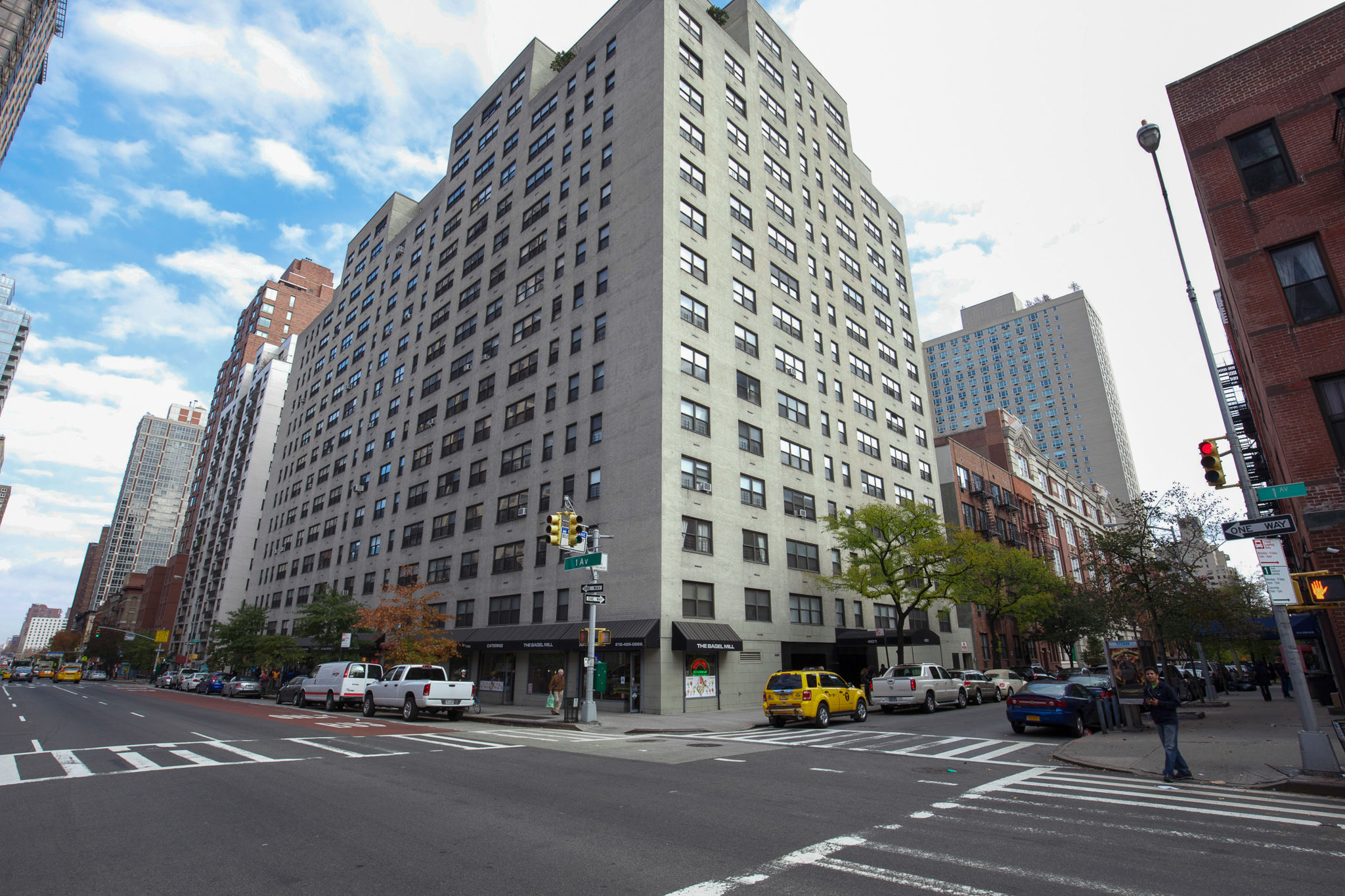
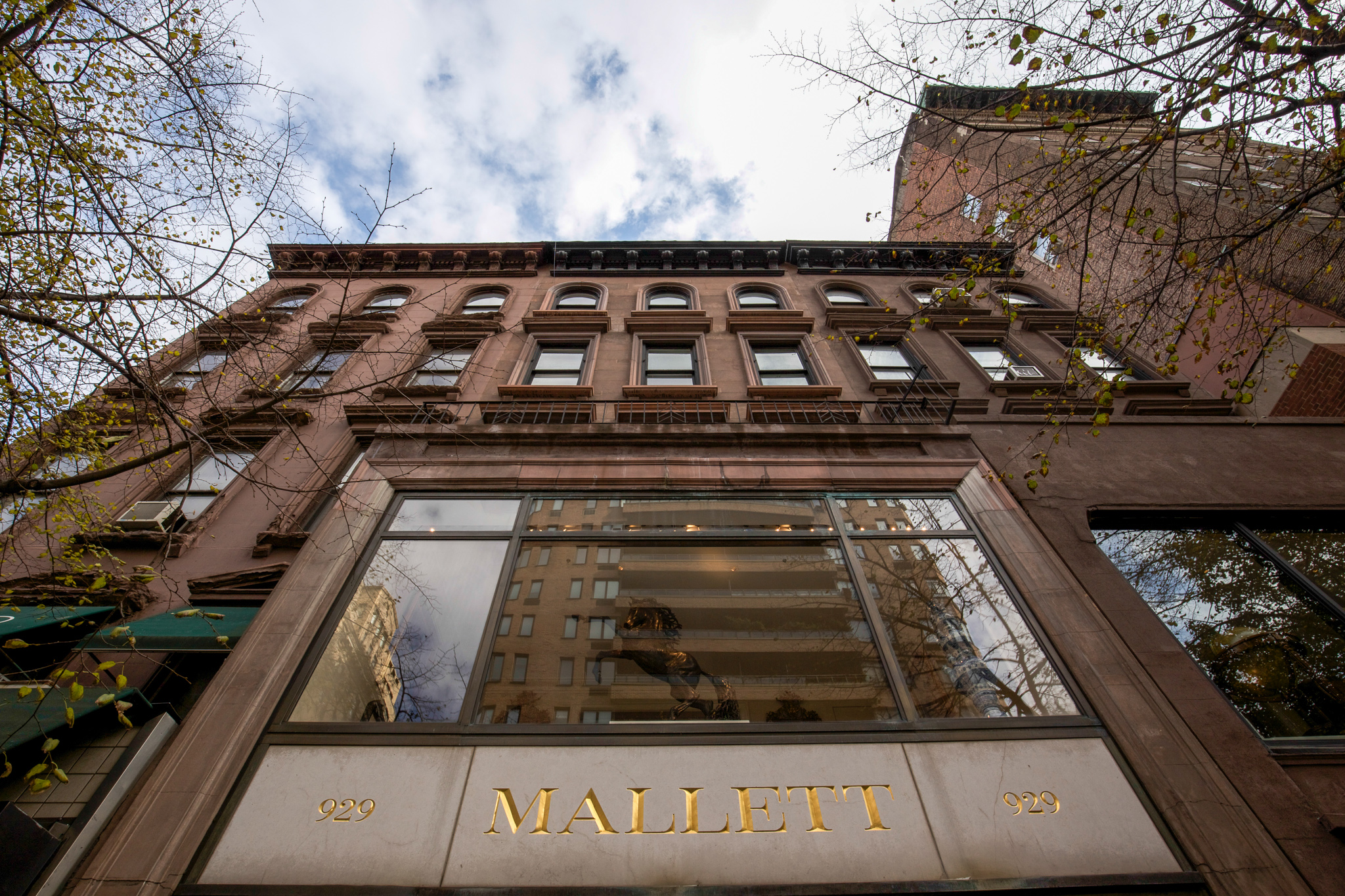
Upper East Side
The Upper East Side, commonly abbreviated as UES, consists of the area between 59th Street and Central Park/Fifth Avenue to the south and west, the East River to the east, and 96th Street to the north. The UES consists of several smaller neighborhoods, including Lenox Hill, Carnegie Hill and Yorkville. Once dubbed the Silk Socking District, this area is one of the wealthiest neighborhoods in New York City.
The area along Fifth Avenue, between 82nd and 105th Streets, is known as “Museum Mile” for its numerous cultural institutions such as the Metropolitan Museum of Art, Jewish Museum, Museo del Barrio and the Museum of the City of New York.
The Upper East Side contains numerous educational institutions, including public and private primary and secondary schools, as well as private and public colleges and universities. These academic centers include: Horace Mann Nursery Years and PS 6; JHS 167 and Dalton School; Hunter College and Rockefeller University; and Weill Cornell Medical College and New York School of Interior Design.
Very fine restaurants are located throughout the Upper East Side. The most prominent gourmet chefs in the City, from Daniel Boulud to Jean-Georges Vongerichten, have at least one signature restaurant on the Upper East Side. Eli Zabar of Zabar’s fame has high-end eateries like E.A.T. and prepared foods stores on the UES. Additional food stores include Fairway and Dean & Deluca.
Activities, from physical recreation to cultural outings to learning, abound on the UES. From Central Park walking paths to Solomon R. Guggenheim Museum art exhibits to 92nd Street Y presentations and classes, the recreational possibilities seem nearly limitless on the UES, especially with its proximity to Central Park.
One subway line currently serves the UES: the 4, 5, 6 Lexington Avenue trains. MTA uptown-downtown bus routes include the M1, M2, M3, M4, M15, M31, M98, M101, M102 and M103 while the M66, M72, M79, M86, and M96 buses travel crosstown.
The Second Avenue subway, now under construction, promises greater travel options for those on the Upper East Side, as well as less congested rider traffic on UES subway routes.
Carnegie Hill
Carnegie Hill, the northernmost affluent neighborhood on the Upper East Side, is a charming Manhattan enclave of historical character with a contemporary appeal. The boundaries of this neighborhood extend from 86th Street on the south to 96th Street on the north, between Fifth Avenue/Central Park on the west and Lexington Avenue on the east.
Named for the mansion that Andrew Carnegie built at Fifth Avenue and 91st Street in 1901, the Carnegie Hill neighborhood consists of buildings ranging from wood-framed houses to Neo-Gothic mansions, plus pre-war and a few post-war buildings to brownstones with stoops adjacent to townhouses: this seemingly eclectic cityscape emerges as wonderfully delightful.
The proximity of Central Park, here featuring both The Jackie K. Onassis Reservoir track and less-trafficked areas of the Park, is a tremendous resource for Carnegie Hill residents.
Carnegie Hill residents tend to include lifelong residents, young families and less so younger single individuals.
Superb food options in this neighborhood range from restaurants like Sarabeth’s Kitchen to prepared food shops such as Yura.
Prominent local cultural institutions include the Solomon R. Guggenheim Museum, The Jewish Museum and the Cooper-Hewitt, National Design Museum (part of the Smithsonian Institution).
Carnegie Hill retail shopping consists mainly of specialized boutiques that sell baby and children’s clothing and cater to the needs of families. A locus for superb private schools such as The Spence School and The Dalton School, numerous of the City’s finest nursery schools including the 92nd Street Y are in Carnegie Hill.
Midtown East
Midtown East extends from East 40th Street to East 59th Street, from the East River to Fifth Avenue. This neighborhood features mostly office workers by day but an abundance of bars and restaurants by night. Many inexpensive breakfast and lunch venues exist here, along with upscale dinner restaurants such as Daniel and The Modern. Skyscrapers, such as the Chrysler Building and the Seagrams Building, are prominent in the skyline. This neighborhood contains major City landmarks from Rockefeller Center to the United Nations Headquarters. Cultural attractions such as the New York Public Library main branch and the Museum of Modern Art exist here. Upscale hotels, such as the Waldorf-Astoria, help to define the skyline of this neighborhood.
The residential housing market tends to include new development luxury condos and prestigious coops, along with more affordable walk-up rentals.
On its western border of Fifth Avenue, Midtown East is a superb shopping destination with renowned department stores like Bergdorf Goodman and Saks Fifth Avenue near to upscale boutiques like Tiffany & Co. and Gucci.
Subway access in Midtown East is very convenient, providing easy access to multiple locations throughout the City. Nearby subways include the 4, 5, 6, N, Q, R, B, D, F, M, E and 7 trains.
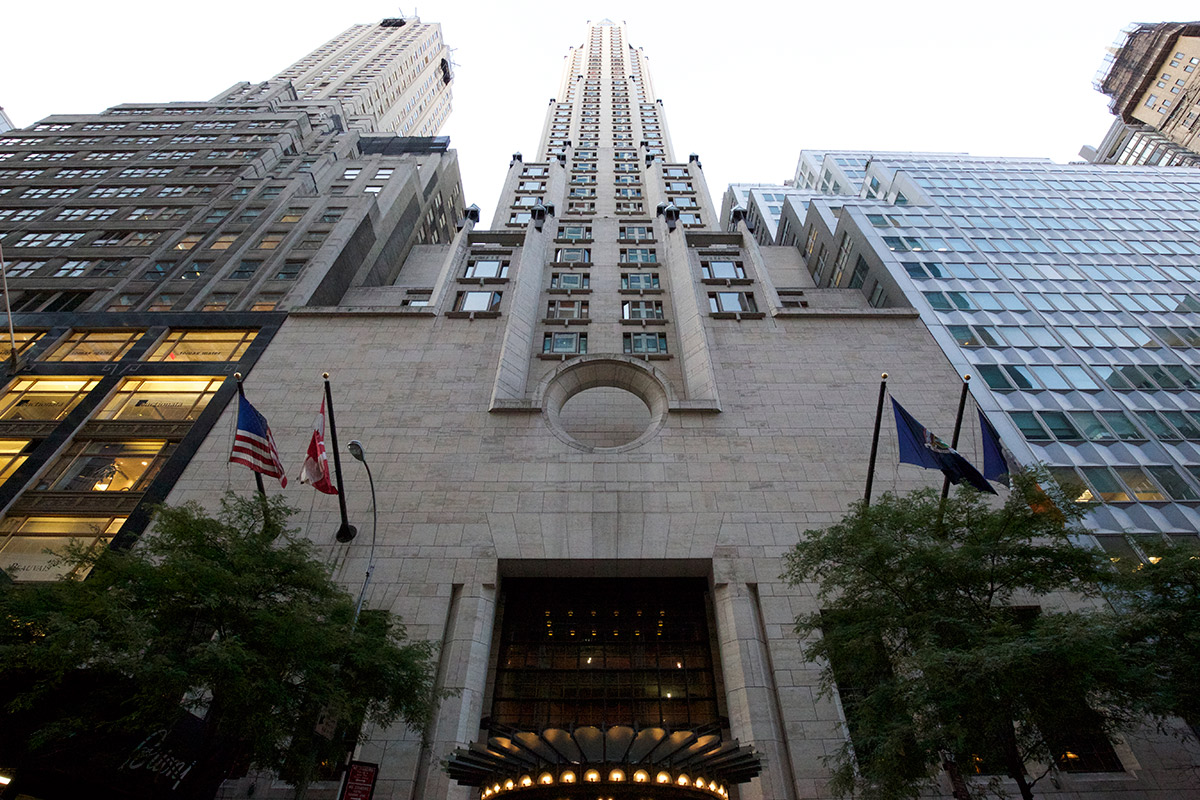
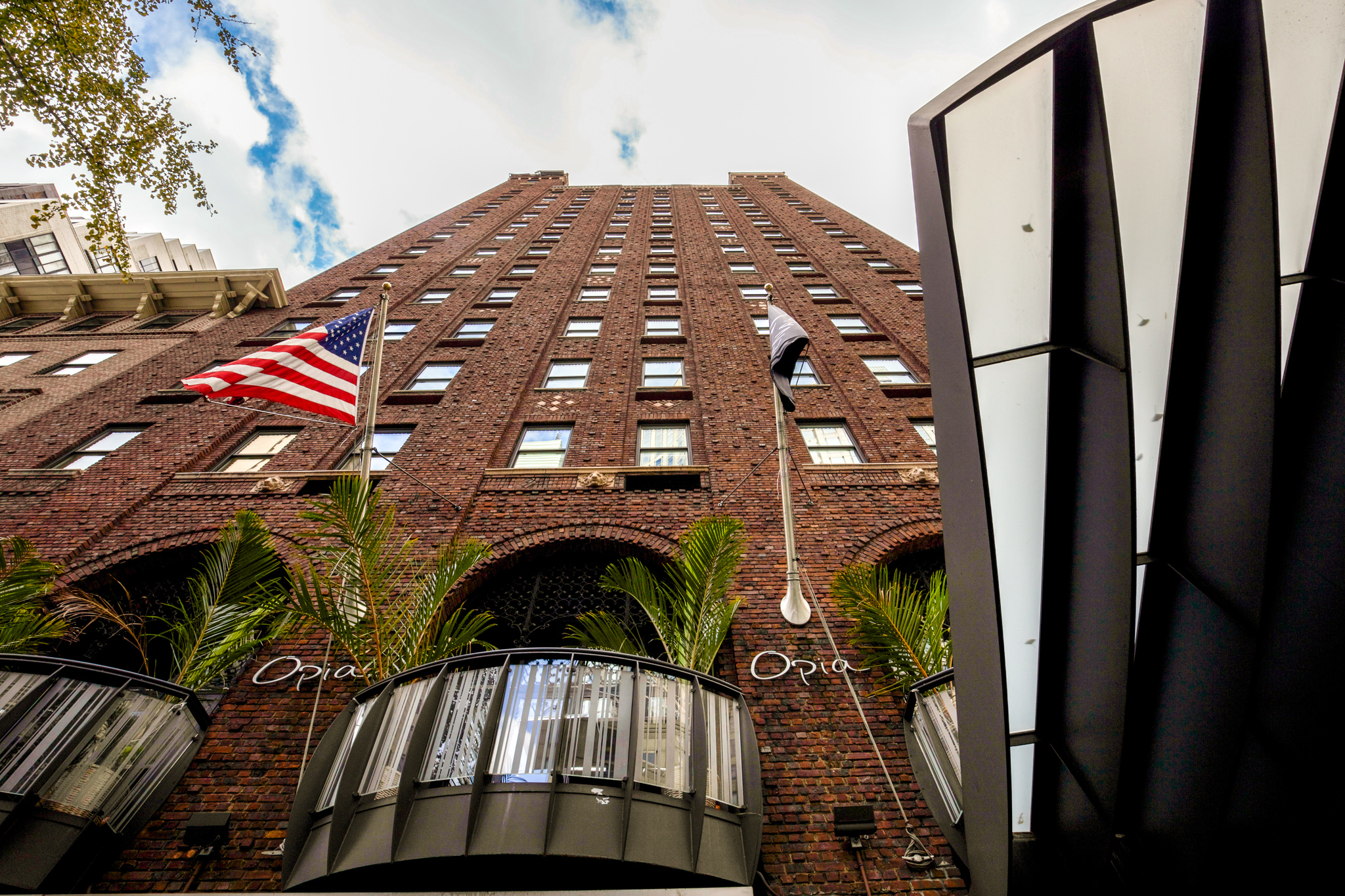
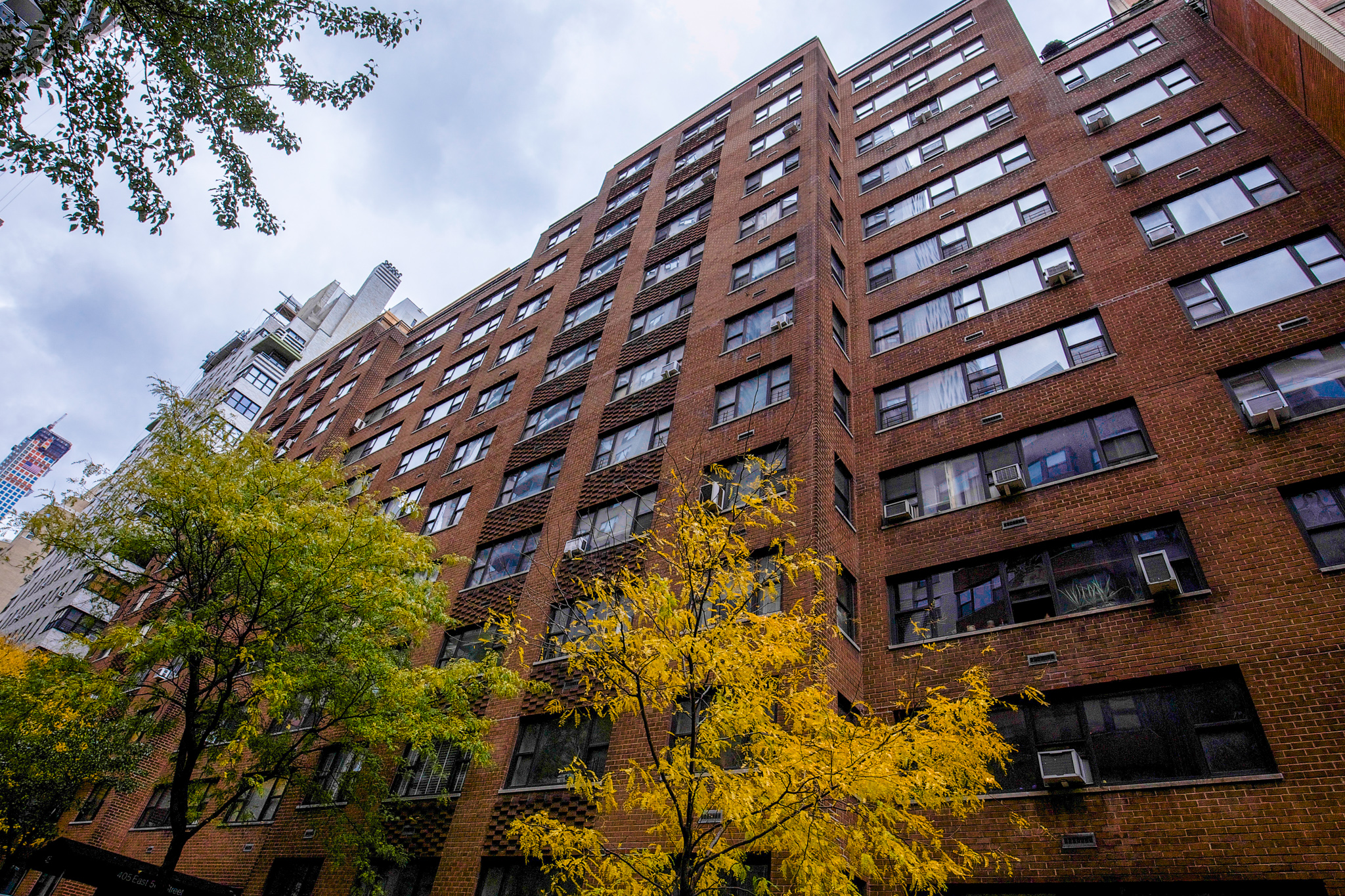
Upper West Side
The Upper West Side, a neighborhood in Manhattan often abbreviated as “UWS,” is demarcated by Central Park to the east, the Hudson River to the west and between West 59th Street to the south and West 110th Street to the north.
UWS architecture is distinctive for impressive, two-towered apartment buildings on Central Park West, such as the San Remo and the Majestic residential buildings. Throughout the UWS, you will find architecture from beaux-arts to neoclassical, from appealing row houses to prominent and historic apartment complexes.
Local cultural institutions include the American Museum of Natural History, Lincoln Center for the Performing Arts, the Beacon Theatre and The New York Historical Society. From the New York Philharmonic to Jazz at Lincoln Center to the New York City Ballet, renowned performance companies create a vibrant arts scene on the UWS.
Parks and recreation are crucial features of life on the UWS. Riverside Park, encompassing from 59th Street to 155th Street, offers running and bike paths; cafes; public art; playgrounds; sports gaming courts; and soccer and baseball fields. The UWS portion of Central Park contains the Great Lawn; Strawberry Fields; Shakespeare Garden; the Lake; the Swedish Cottage Marionette Theatre and the Jacqueline Kennedy Onassis Reservoir.
Food is a neighborhood focus on the UWS. From a casual brunch at Good Enough to Eat to fine dining at Per Se, UWS residents, in addition to dining out, can pick up superb food at numerous prepared foods specialty stores like Zabar’s, Barney Greengrass and Fairway. Baked goods are a specialty on the UWS, as evidenced by Levain Bakery’s famous chocolate peanut butter chip cookies and the delectable caramel-glazed pumpkin scones at Alice’s Tea Cup.
Broadway, Amsterdam Avenue and Columbus Avenue are thriving commercial areas on the UWS. In addition, The Shops at Time Warner Center offer high-end retail.
Nightlife venues on the UWS range from The Dead Poet bar’s cocktails, named after authors, to comedy shows at Symphony Space.
Two subway lines run along the UWS: the Seventh Avenue line – 1, 2 and 3 – travel along Broadway, while the Eighth Avenue line – A, B, C and D – go along Central Park West.
Five bus routes – M5, M7, M10, M11 and M104 – travel up and down the UWS. Crosstown bus routes include the M66, M72, M79, M86 and M96.
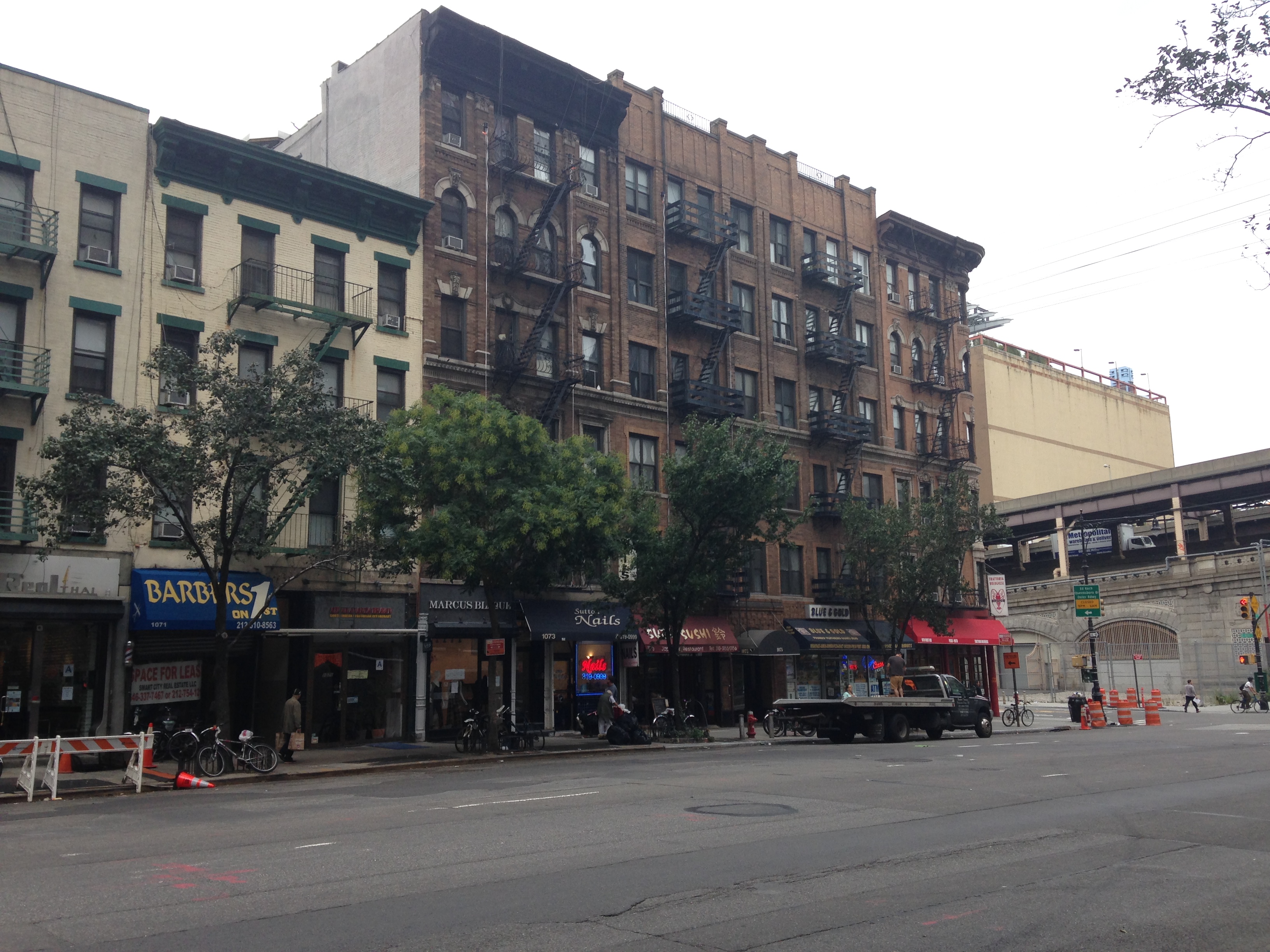
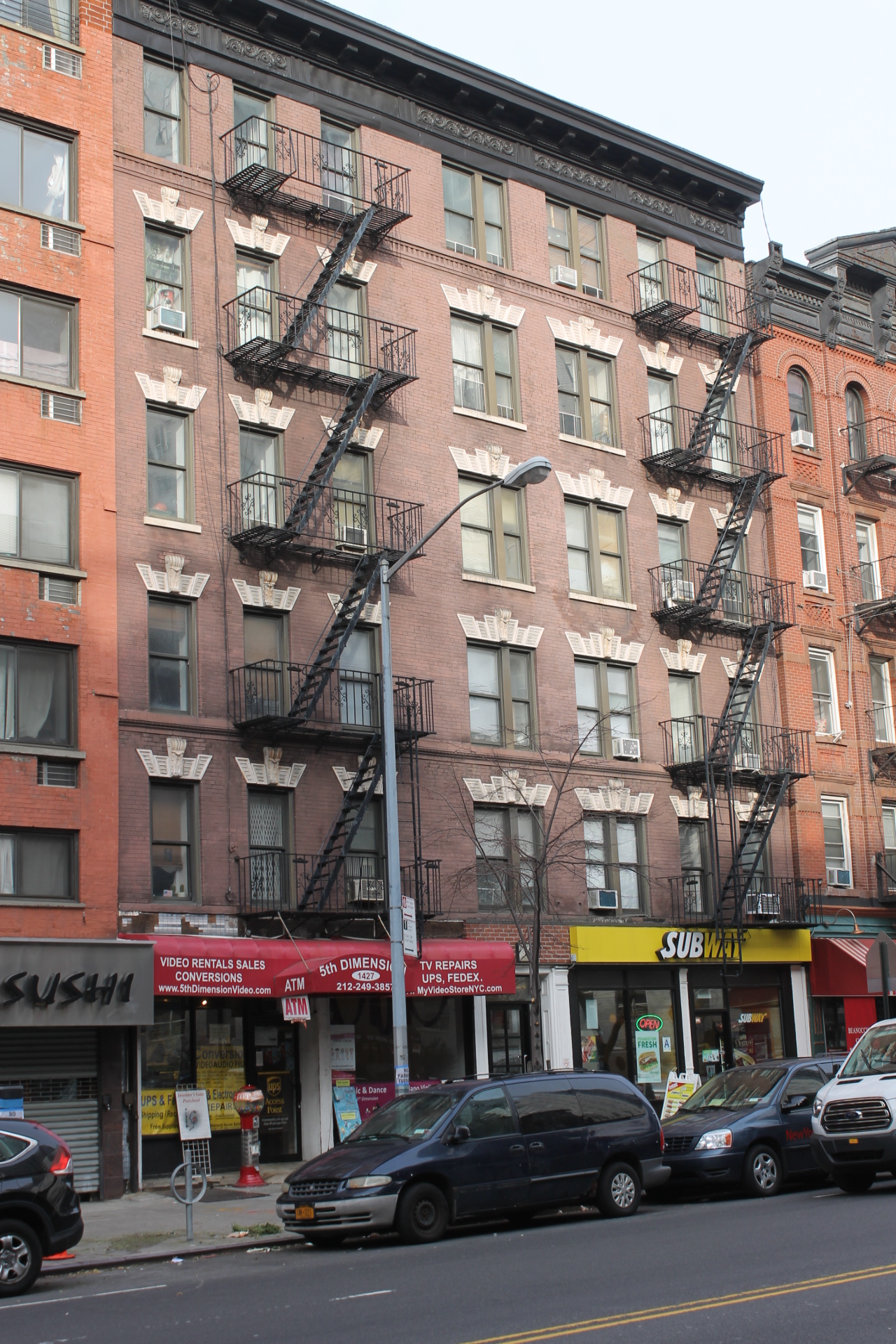
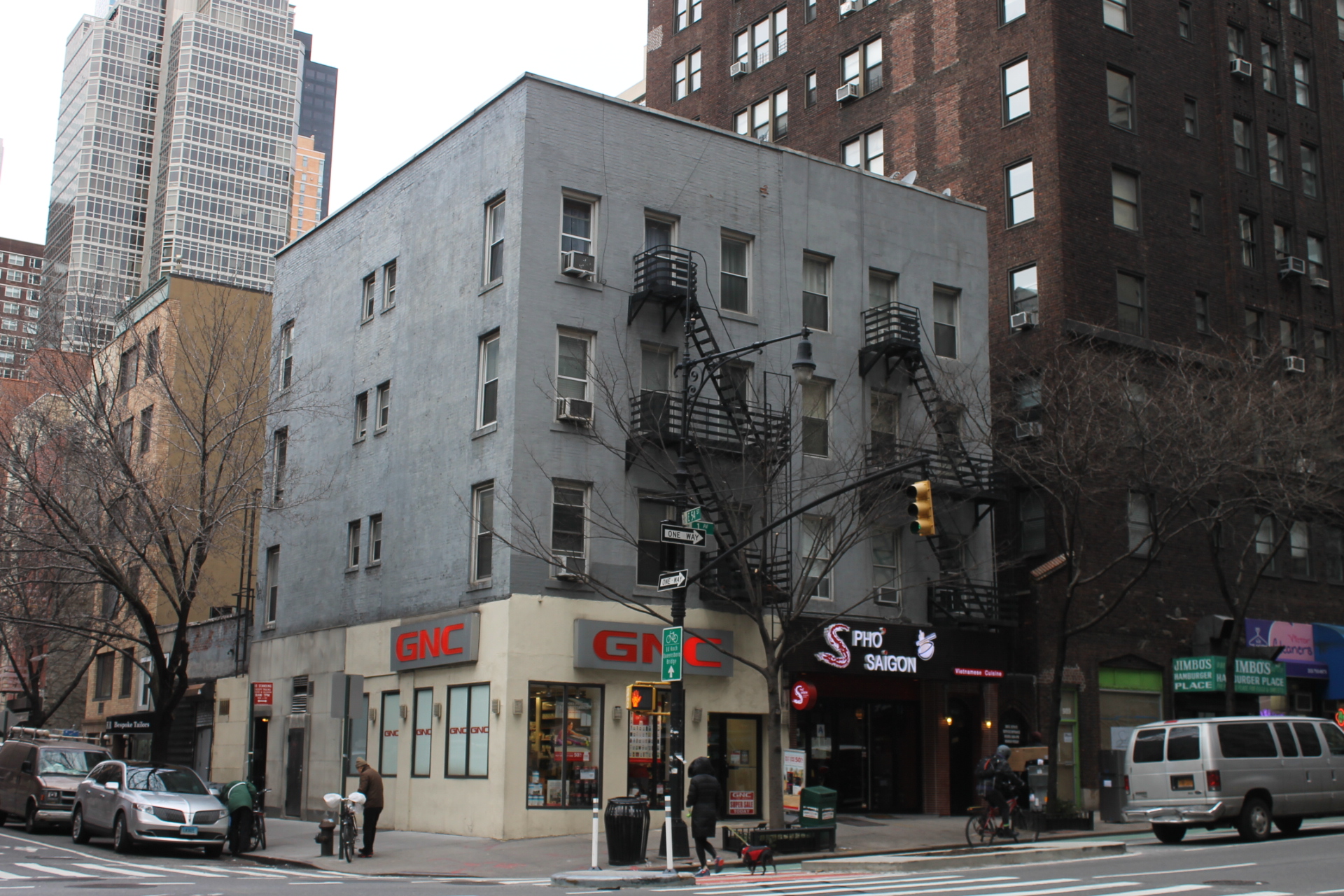
The New York Times traces the first use of the neighborhood name “Sutton Place” to 1883, when this term was used to refer to the geographic area east of First Avenue between 57th Street and 60th Street. Around 1920, Sutton Place became known for the significant wealth of its residents. Sutton Place has since maintained its historically affluent identity.
The greater Sutton Place neighborhood extends from 53rd Street to 59th Street, and is bounded on the east by the East River and on the west by either First Avenue or Second Avenue. Sutton Place proper encompasses 57th Street to 59th Street, while Sutton Place South extends from 53rd to 57th Street along the East River and south of the Queensboro Bridge.
Sutton Place, notable for its relatively small size, is even better known for its residents’ largesse and upscale residences. In Sutton Place, impressive pre-war apartment buildings and impressive townhouses make up much of the neighborhood architecture.
Sutton Place is an enclave in terms of its quiet and peaceful ambience, as well as its safe setting and clean and well-kept environment. Although a tiny area, Sutton Place includes two public parks with views of the East River: one at the end of 57th Street and the other at the end of 53rd Street.
Sutton Place can be considered somewhat lacking in certain amenities readily found elsewhere in Manhattan neighborhoods, such as extensive shopping, vibrant nightlife, sufficient parking and nearby public transportation. However, Sutton Place provides privacy and seclusion, along with a certain cache and charming – and some magnificent – residences. Sutton Place residents seem to lack little, with restaurants on First and Second Avenue, shopping at nearby stores such as Bloomingdale’s, a swimming pool and indoor track at the local Recreation Center 54, and numerous events held by the active Sutton Area Community.
Sutton Place residents who work in Midtown East or at the United Nations could readily walk to work. The 4, 5, 6, N, Q, R E and M subway lines stop along Lexington Avenue, with some entrances on Third Avenue. The M15 bus travels north on First Avenue and south on Second Avenue. The M31 and M57 buses run crosstown on 57th Street.
Astoria is a neighborhood in the northwestern corner of the City borough of Queens. Bounded by 36th Avenue to Twentieth Avenue on the north; Con Ed Power Plant to the south; 19th Avenue, Ditmars Boulevard to the west; and BQE/ Northern Boulevard to East River, Astoria was part of Long Island City prior to the latter’s incorporation into the City of New York in 1898.
Astoria was named for John Jacob Astor, considered then the wealthiest man in America, so as to persuade him to invest in the neighborhood. However, Astor invested only $500 in the area and never actually visited Astoria.
Known today for its heterogeneous population from various countries of the world, modern-day Astoria residents descend from Dutch, German, Italian, Jewish, Greek, Maltese, Arab, South American, Indian, Pakistan and Thai – and likely even more! – populations. The diverse ethnic population of Astoria results in a variety of neighborhood specialty stores that is a significant multicultural draw for this neighborhood.
Astoria living has been characterized as comfortable and intimate with very reasonably priced housing. An influx of younger, professionally creatively oriented persons, attracted to Astoria’s lower rents and cost of living, has occurred in recent years.
Steinway Street is Astoria’s main thoroughfare and offers extensive discount shopping from bargain basement thrift stores to sneaker outlets. Big-box retailers coexist with local markets in Astoria. You could grocery shop on 31st Avenue.
Astoria provides superb Greek cuisine at restaurants such as Ovelia and Taverna Kyclades or BZ Grill’s for Gyros. Other local specialty cuisines include Brazilian, Middle Eastern, Italian and Thai foods.
Astoria offers several compelling cultural attractions, such as the Museum of the Moving Image, Isamu Noguchi Museum, Socrates Sculpture Garden, Kaufman Astoria Studios and the Steinway & Sons piano factory.
Lovely local outdoor spaces include Astoria Park, Athens Square Park and Rainey Park.
The E, M, R, V, N, W and Q trains of the New York City subway system stop in Astoria. Given its proximity to Manhattan – a short, 15-minute subway ride from midtown Manhattan – and its semi-reasonable rents, Astoria has emerged as an appealing residential area in which to consider renting an apartment.
Brooklyn Heights is an affluent residential neighborhood within the City borough of Brooklyn. The neighborhood’s boundaries include Atlantic Avenue to Old Fulton Street and East River to Court Street/Cadman Plaza.
The architectural character of Brooklyn Heights features low-rise buildings, many brownstone row houses, few mansions and notable churches and other religious institutions. The numerous architectural styles present in Brooklyn Heights include Greek Revival, Italianate Second Empire, Victorian Gothic, Romanesque and Classical Revival. The main building material is brownstone.
In 1965, the Brooklyn Heights Historical District was created, the first of its kind in New York City, to protect the architectural character of the neighborhood from redevelopment and overdevelopment.
The Brooklyn Heights Promenade, also called the Esplanade, a walkway that is cantilevered over the Brooklyn Queens Expressway, is a main attraction with its magnificent views of Manhattan’s skyline.
Meanwhile, in Brooklyn Bridge Park, you could fish, play basketball, and eat at waterfront restaurants.
Montague Street, Atlantic Avenue and Court Street offer shopping and food offerings, including national chain stores like Banana Republic, restaurants such as Le Pain Quotidian and snack shops from Starbucks to Dunkin’ Donuts.
On Henry Street, a small restaurant row has emerged, including the eatery Sociale. In the southwestern corner of Brooklyn Heights, the Willowtown area has a few restaurants and prepared food stores like Iris Café.
Brooklyn Heights is the location of prominent schools such as the K-12 St. Ann’s School and Packer Collegiate Institute, Saint Francis College and Brooklyn Law School.
Brooklyn Heights’ several subway lines enhance transportation. The A, C, F, N and R trains at Jay Street-MetroTech, the 2 and 3 trains at Clark Street and the 2, 3, 4, 5, N and R trains at Court Street–Borough Hall are examples of Brooklyn Heights’ extensive subway lines. Buses do not stop in Brooklyn Heights, although numerous MTA Regional Bus Operations routes run nearby in Downtown Brooklyn.
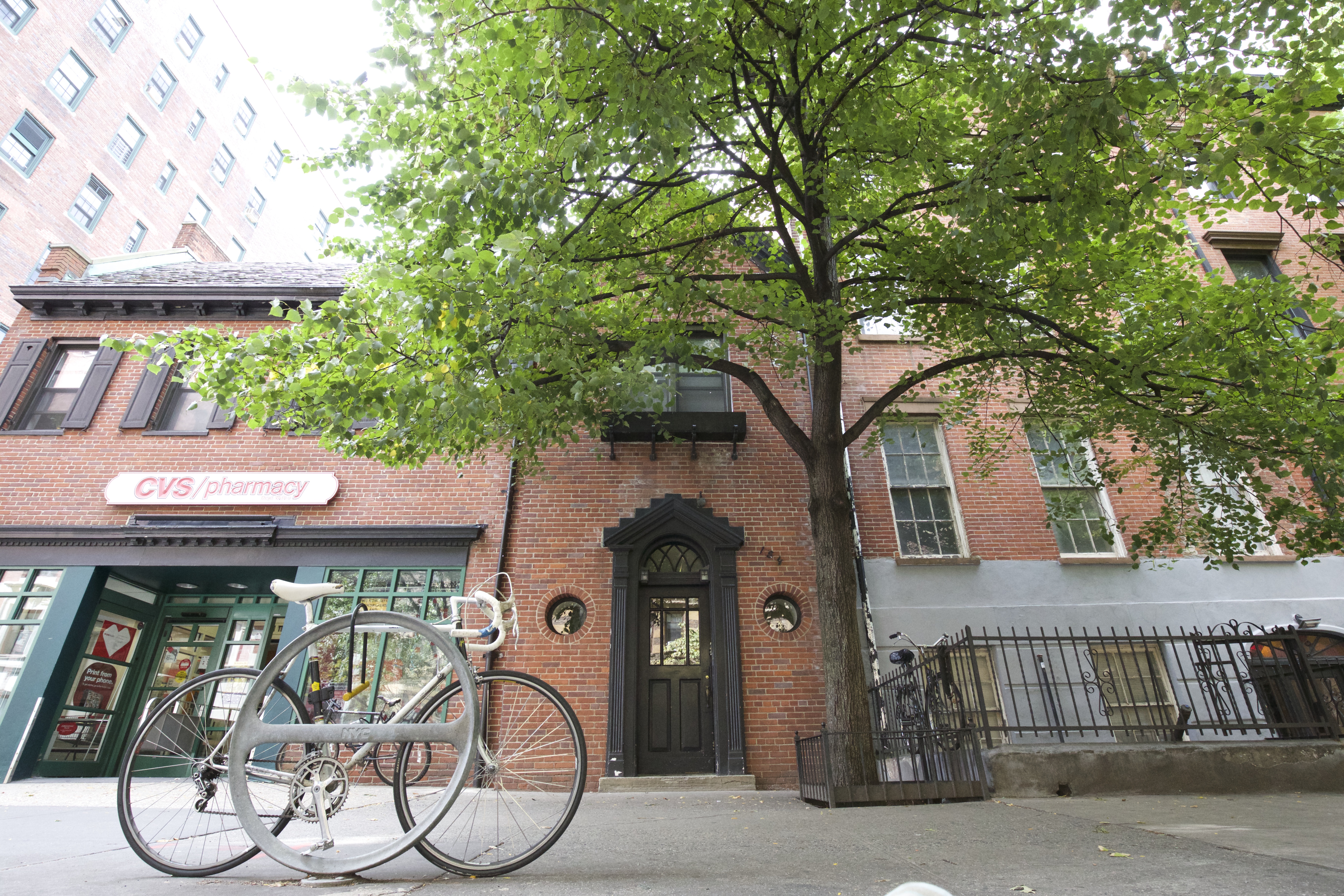
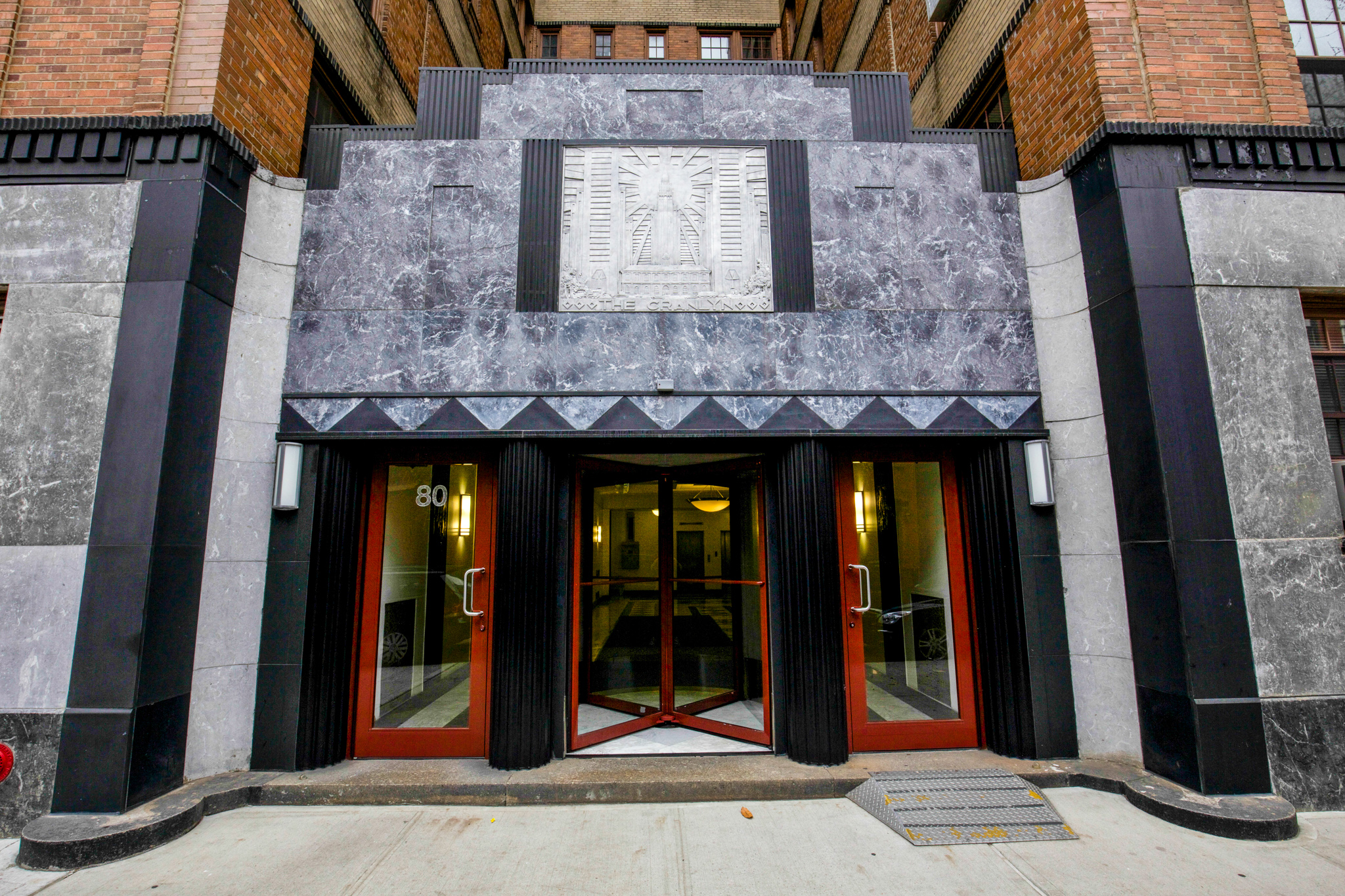
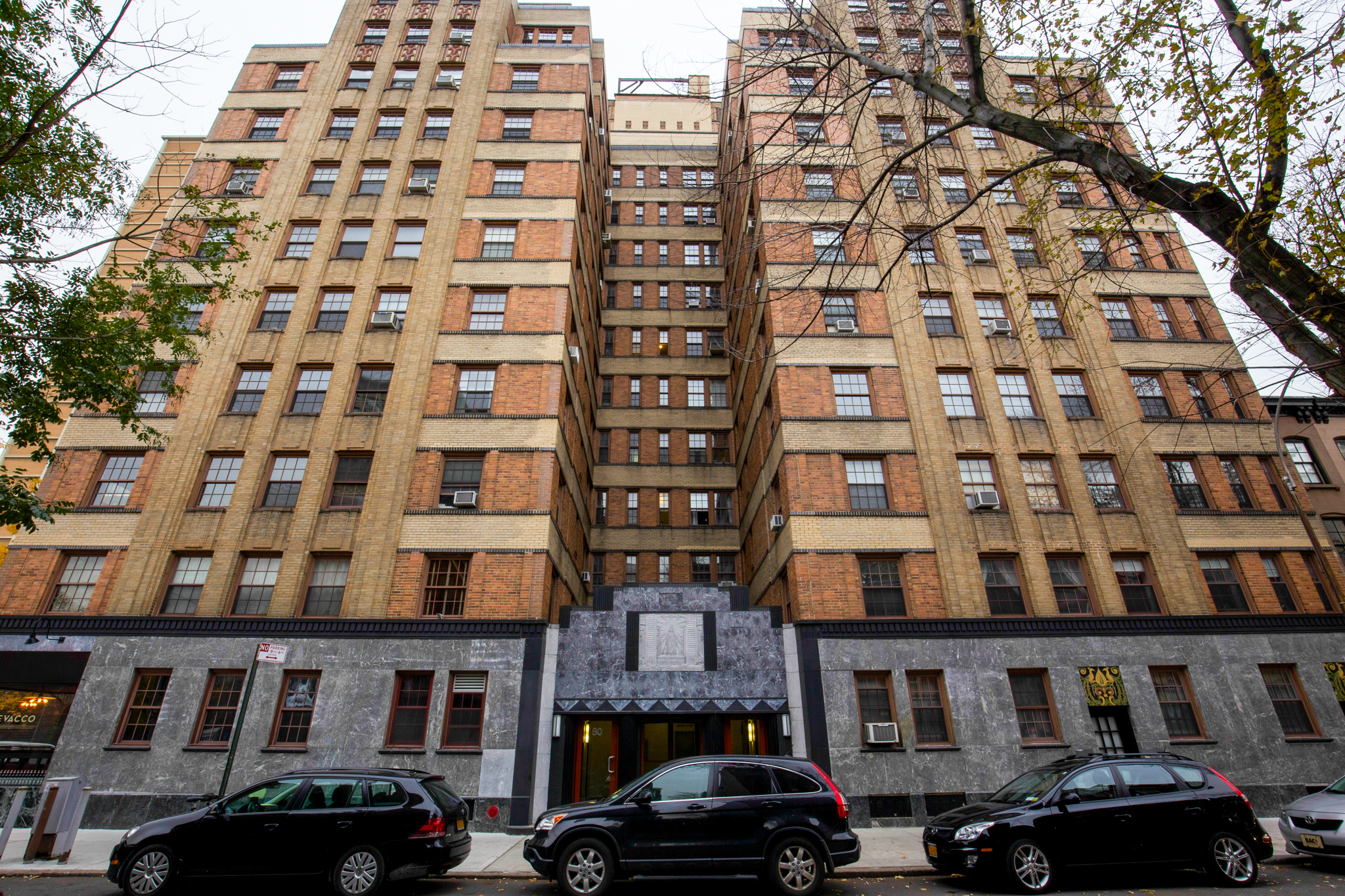
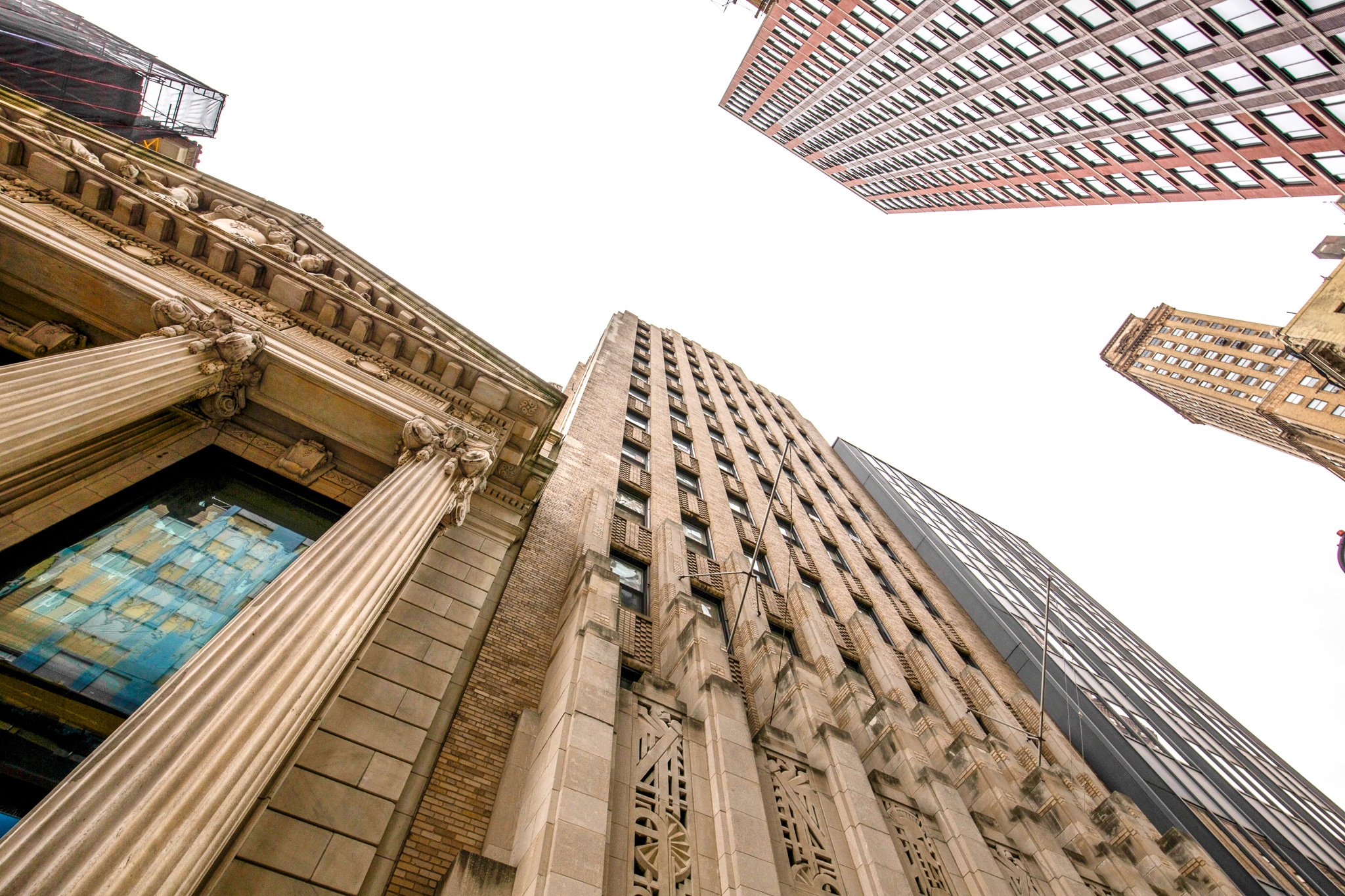
As the western part of the Greenwich Village neighborhood in Lower Manhattan, the West Village is bounded by the Hudson River on the west and Sixth Avenue on the east, extending from West 14th Street south to West Houston Street.
A primarily residential neighborhood interspersed with small restaurants and shops, residential property sales prices in the West Village are some of the most expensive in the United States.
Over 50 blocks of the West Village, bordered on the north by 14th Street, is part of a Historic District created by the City’s Landmarks Preservation Commission.
West Village neighborhood streets do not follow the grid pattern common in many of the City’s later-formed neighborhoods – specifically, West Village streets are set often at an angle. Some smaller east-west residential streets are even paved atypically, with cobblestone-like setts.
The West Village offers superb dining options at renowned restaurants such as Tartine, Spotted Pig, Minetta Tavern and White Horse Tavern.
Shopping ranges from superb bookstores like Three Lives & Company to the oldest apothecary of C.O. Bigelow Chemist to high-end fashion stores such as Marc Jacobs and Bruno Cucinelli, jewelry designers like Alexis Bittar and fragrance makers such as Aedes de Venustas.
The West Village has become known for its innovative public parks. The High Line is an open greenway created upon elevated train tracks along mainly Tenth Avenue, while Hudson River Park, running from 59th Street to the Battery including piers, will become a joint city/state park offering non-traditional uses.
The arts thrive in the West Village. The Whitney Museum of American Art recently relocated from the Upper East Side to a remarkable modern West Village structure. Musicians perform at the Village Vanguard jazz club. The West Village has a strong cinema presence with the IFC Center and The Film Forum. The Cherry Lane Theatre and Lucille Lortel Theatre present innovative Off-Broadway performances.
The West Village has notable historical locations, such as the early nineteenth-century St. Luke in the Fields Church. The Stonewall Inn is considered, due to the 1969 Stonewall riots, to be the pivotal starting place for the modern movement supporting gay and lesbian rights in the United States.
At the north end of the West Village, the Meatpacking District, or “Gansevoort Historic District,” features fashionable boutiques and popular nightclubs.
Two public elementary schools are located within the West Village and higher-grade level schools exist for West Village students in only nearby neighborhoods.
Travel by subway is the major transportation mode for the West Village. There are five subway stations in the West Village – 14th Street (Eighth Avenue at Eighth Avenue, serving the A, C, E and L trains), West Fourth Street (Washington Square at Sixth Avenue, serving the A, B, C, D, E, F and M trains), 14th Street at Seventh Avenue (serving the 1, 2 and 3 trains), Christopher Street (Sheridan Square at Seventh Avenue, serving the 1 and 2 trains) and Houston Street at Varick Street (serving the 1 and 2 trains). Local bus routes include the M5, M8, M11, M14A and M20 City bus routes.
